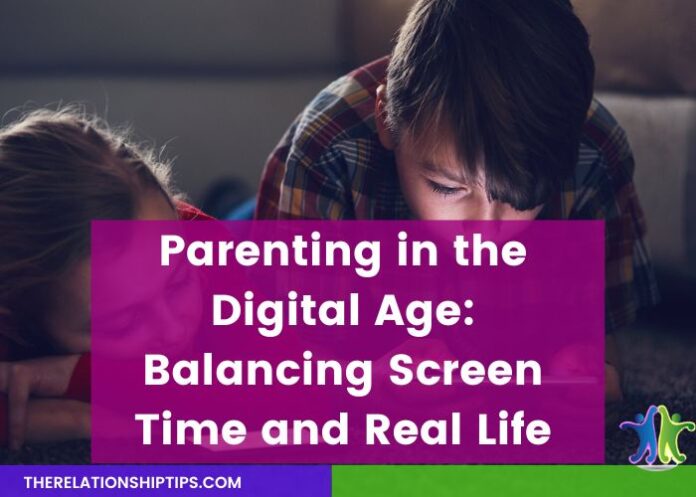Parenting in the digital age can be challenging as technology has become an integral part of our daily lives. While screens and digital devices can offer many benefits for children, such as education, communication, and entertainment, excessive screen time can have negative impacts on their physical and mental health, social skills, and overall well-being. Therefore, it is crucial to find a balance between screen time and real-life activities to ensure that children are getting the best of both worlds.
In This Article
Here are some tips for balancing screen time and real-life activities:
Set Limits
It is important to establish rules and limits around screen time. The American Academy of Pediatrics (AAP) recommends that children between the ages of 2 and 5 should have no more than one hour of screen time per day. For children over the age of 5, parents should set reasonable limits on the amount of time they spend on screens each day.
Encourage Active Play
Encourage children to engage in physical activities such as outdoor play, sports, or dancing, as these activities are beneficial for their physical health and overall well-being.
Make Screen Time Educational
There are many educational apps and programs that can help children learn and develop skills. Encourage children to use their screen time to learn and explore new things.
Set a Good Example
Children learn by example, so it’s important for parents to model good screen habits. This means limiting their own screen time and being fully present during family activities.
Create Screen-Free Zones
Designate specific areas in the home as screen-free zones, such as the dinner table or the bedroom. This will help children understand that there are times and places where screens are not allowed.
Have Screen-Free Activities
Encourage children to engage in activities that don’t involve screens, such as reading, drawing, or playing board games. These activities promote creativity, problem-solving, and social skills.
Monitor Screen Time
Use parental controls to monitor and limit the content that children can access online. Regularly review their online activity to ensure that they are not exposed to inappropriate content or cyberbullying.
In conclusion, finding a balance between screen time and real-life activities is essential for children’s well-being. Parents can achieve this by setting limits, encouraging active play, making screen time educational, setting a good example, creating screen-free zones, promoting screen-free activities, and monitoring screen time. By following these tips, parents can help their children develop healthy screen habits and enjoy the benefits of technology while minimizing the risks.





